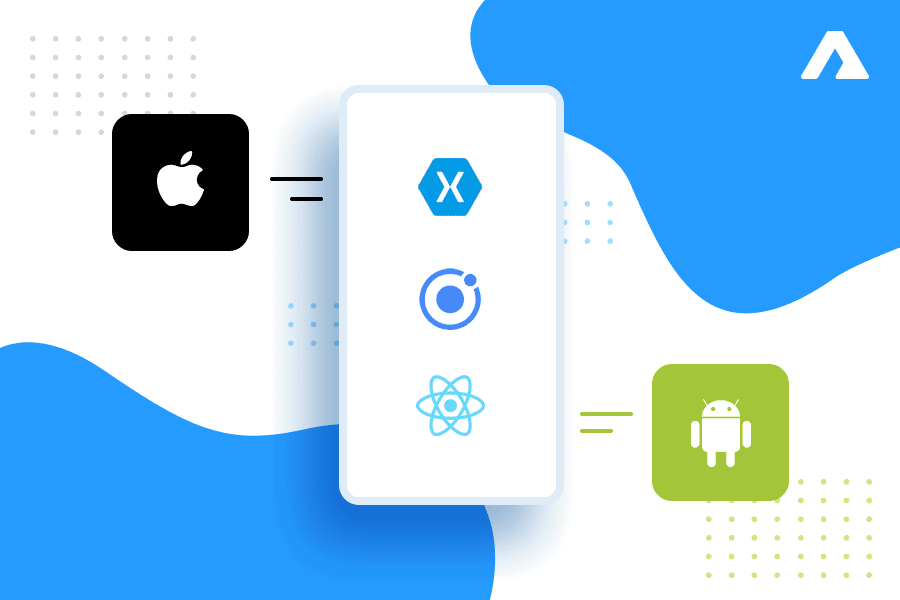In multiple ways, WebRTC measurement is similar to any other voice-over-IP-related protocol. The VoIP-related protocols are the same ones that are used by WebRTC.
It utilizes Secure Real-Time Transport Protocol for media transport and STRP is also used by them to send encrypted media.
When you are focusing on your WebRTC performance, there are two things that you need to look out for – Media quality and percentage of successful session connections.
1. Signaling is Important
Even if you have implemented wrapper SDKs instead of WebRTC Application Development, Signaling is still going to need your attention.
The use of proprietary vs standard signaling is the only debate that goes on whenever this topic is brought up. However, first, let’s talk about transport.
The WebSocket API can send and receive messages which are one of the most common options despite the signaling. It is very similar to a TCP connection.
Based on the signaling side, there needs to be a differentiation between an existing enterprise project or service provider telephony system and an island type of implementation.
Go for the standard option of SIP over WebSocket if your service needs to interact with them as one of the core functions.
This is also justifiable as existing telephony systems use SIP. JsSIP aka JavaScipt SIP implementation can be a useful resource for the client-side.
The need for standard signaling will not arise if you are creating a new stand-alone WebRTC service.
2. Utilization of media quality to support WebRTC Application Development
The media quality is the next thing you need to check compared to the WebRTC performance that is affected by the network. Some of the leading metrics to consider are jitter, packet loss, bitrate, and latency.
This data can be retrieved from the Real-Time Transport Control Protocol. It is also the way how SRTP works.
Media quality will be subsequently lower if jitter, latency, and packet loss are higher. Lower media quality can also be gained through lower bitrate.
Multiple scoring methods can be used to measure quality. Even though it can be inaccurate, the Mean opinion score is the most used method.
3. Platform
API Platform
API platforms provide you anything you need for WebRTC Application Development. They are client development kits and a set of servers.

Focusing on the server-side, basic functions are handled by all API platforms like signaling between parties, media flows across many networks, session connections, and network address translations.
There are some APIs that can handle advanced features as well. These APIs contain multi-party communications, streaming, recording, and third-party integrations support for identity management and other capabilities.
Many APIs provide support for desktop browsers and common mobile devices as well focusing completely on the client SDK side.
As many merits as API has, it has its fair share of demerits as well to create a WebRTC service.
It includes:
Who are the users?
Those web developers that lack any VoIP experience and focus on only their Web Services, API platforms are the perfect choice for them.
They will struggle to run it on mobile as they lack any knowledge to handle the network complexities and media on the server-side.
API platforms might also be useful for VoIP experts. With APIs, they can build quick service introductions and also build a proof of concepts. This increases the potential to recreate projects as the usage increases.
Other Components of WebRTC Development Solution
This includes all kinds of components that might help you through the process of your application development. They are divided into:
Client-Side Signaling Server
A client-side wrapper includes a typical signaling server and wraps WebRTC on the client-side. It is a set of SDKs that helps out to maintain your service to the client-side.
Since browser incompatibility is an issue and APIs are dynamic, a wrapper eliminates your requirement to update your WebRTC client application. This is done only when this RTC technology evolves.
Some examples of similar SDKs are EasyRTC, rtc.io, PeerJS, and simpleWebRTC. These SDKs however vary in maintainability, flexibility, and functionality they provide to the users.
According to your business plans, evaluate them, and determine the plans regarding them. Make sure to keep a track of the proprietary signal coming with the SDK and that it answers all your application needs.
Signal change is very possible but this pressurizes the developer more when it comes to upgrading new versions of SDK.
Server-Side Features
These are considered to be certain functional elements that are included in the cloud or with the on-board options. Some of the examples include the media server functionality offered by Kurento and Jitsi as well as Twilio’s STUN/TURN.
Even though it requires work to switch from one component to the other, you can still mix and match the components.
This is the main difference between creating WebRTC Development Solution on your own and individual elements that are application level that you cannot find in the open market.
Who are the Users?
Those VoIP experts who don’t want to start from square one but want control over all the elements of the solution should try this method out.
The points mentioned below are only for those companies that do not try a closed API platform out because these choices are made by the API platform provider for you.
Do-It-Yourself Model
You can create your code on WebRTC as it is an open-source model. There is a lot of responsibility that would rest on your shoulders with this like:
Who Should Use?
Initial and ongoing work can only be done by the VoIP experts who require complete control over every part of the system. However, in cases like these too, you still need to look out for some reusable components instead of creating everything by yourself.
4. Highly Connecting Sessions
Two factors determine the percentage of successful session connections in this technology: the interactive connectivity establishment and the application’s signaling.
Signaling can affect the connectivity of the sessions. However, it does not have in-built signaling technology. Check the connectivity of your WebRTC application by checking the signaling protocol’s configuration.

It utilizes ICE negotiation to connect an SRTP stream from one device to another. This could be applications, media servers, or browsers.
ICE determines the best option that is available to connect these devices based on their location, network makeup, and devices.
Sometimes ICE will connect the applications through a peer-to-peer connection however at times, it will use the Traversal Using Relay NAT protocol.
You will have to calculate the number of failures that occurred. These failures can be caused due to ICE failures, receiving one-sided media only, or signaling connection issues.
Synopsis
Considering the above details it is always suggested to hire a WebRTC Application Development Company for your next project to make the best out of this solution.
All product and company names are trademarks™, registered® or copyright© trademarks of their respective holders. Use of them does not imply any affiliation with or endorsement by them.




 Insurance
Insurance


























